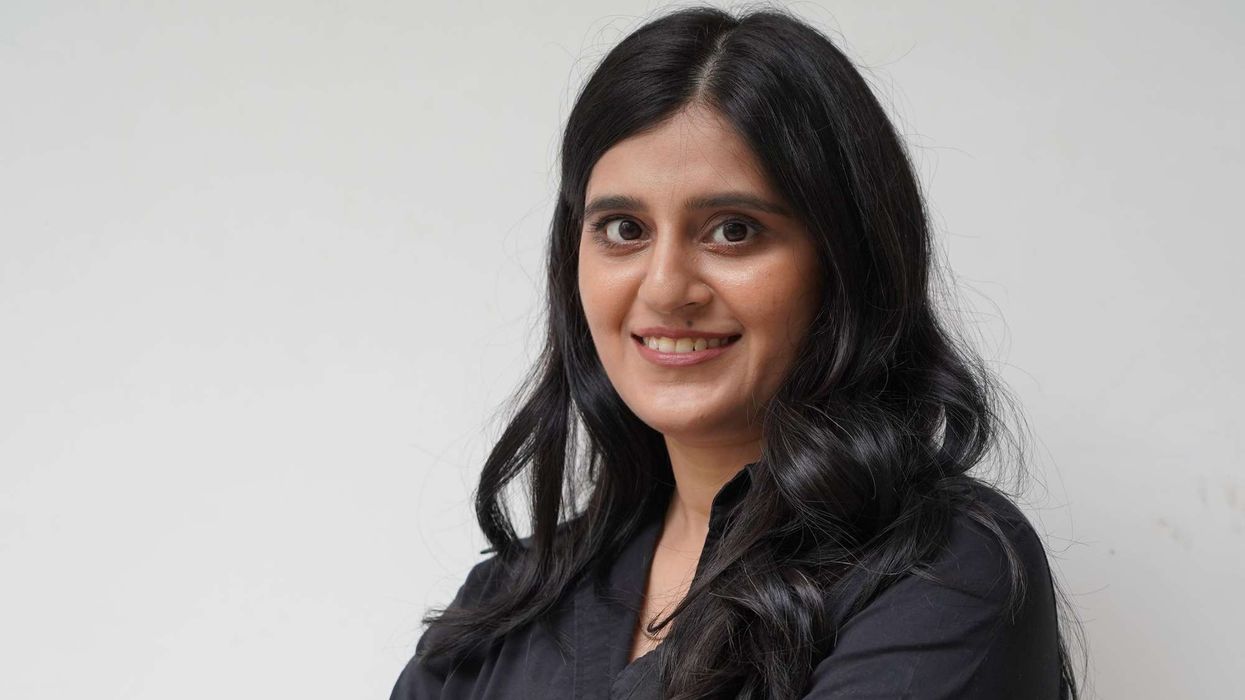Ramadan is a sacred journey—one of patience, self-discipline, and spiritual renewal. But let’s be real: fasting for long hours while juggling work, prayers, and daily life? It’s not always smooth sailing.
Luckily, 2025 is redefining how we fast. From mindfulness apps that keep you grounded to fitness routines that respect your energy levels, technology is making Ramadan more balanced and fulfilling than ever. Here are five must-try tools to help you fast smarter, stay energized, and embrace the true essence of Ramadan.
1. Sabr: Your spiritual & mental wellness companion
Fasting can test your patience—especially when hunger and fatigue kick in. That’s where Sabr comes in. Designed to strengthen both your mind and soul, this app helps you reduce anxiety, increase confidence, sleep better, and improve your relationship with Allah. With guided duas, reflections, and mindfulness exercises, Sabr ensures your spiritual journey remains strong even on the toughest fasting days.

Ramadan Tip: Struggling with mid-day exhaustion? Try a quick "5-Minute Sabr Reset"—a calming audio session designed to help you regain focus, patience, and spiritual clarity before your next prayer.
Need a spiritual boost? Try Sabr!
2. Harmony Studios: Yoga that balances your Fast, not go against it
Think working out while fasting is impossible? Think again. Harmony Studios specializes in gentle, energy-preserving yoga designed to keep you active without draining your strength. Whether you need a quick stretch before Suhoor or a relaxing cooldown post-Taraweeh, their classes are tailored to complement fasting.

Ramadan Tip: Feeling bloated after Iftar? Try the "Seated Digestion Flow"—a 10-minute yoga session designed to aid digestion and help your body feel light before night prayers.
Ready for fasting-friendly yoga? Join a session now!
3. Muslim Pro: Your ultimate Ramadan planner
If you’ve ever lost track of prayer times or struggled to plan Suhoor and Iftar, Muslim Pro has your back. With precise prayer alerts, a full Quran with audio recitations, and a built-in fasting tracker, it’s like having a personal Ramadan assistant in your pocket.

Ramadan Tip: Turn on the “Ibadah Reminder” to get gentle nudges throughout the day—whether it’s time for Dhikr, a short Quran session, or a reminder to make dua.
Stay on top of your prayers & fasting. Discover Muslim Pro now!
4. Al Quran (Tafsir & by Word): A personal spiritual deep dive
Ramadan is the month of the Quran, and this app takes your understanding to the next level. Al Quran (Tafsir & by Word) breaks down verses word by word, offers in-depth tafsirs (interpretations), and features recitations from over 30 renowned Qaris.

Ramadan Tip: Not sure where to start? Try the "1 Verse a Day Reflection"—a feature that helps you focus on one powerful verse daily, with explanations to deepen your understanding.
Deepen your Quranic understanding. Start exploring here!5. Ummah: Because fasting feels better together
Ramadan is meant to be a communal experience, but what if your loved ones are far away? Ummah connects Muslims across the globe, letting you join live prayer circles, participate in group Quran recitations, and even share virtual Iftar gatherings.

Ramadan Tip: Join the "Dua for Each Other" group—where you can post personal duas and have fellow Muslims around the world pray for you during this blessed month.
Connect with the global Muslim community. Join Ummah now!
Fasting isn’t just about abstaining from food and water—it’s about spiritual growth, discipline, and connection. These 2025 innovations aren’t just cool features; they’re tools to help you embrace Ramadan with more balance, focus, and ease.
So why struggle through fasting when you can thrive in it? Whether you’re starting your day with mindful intentions, moving your body with fasting-friendly yoga, or connecting with fellow Muslims across the globe, this Ramadan is all about making your spiritual journey smoother and more meaningful.
Here’s to a Ramadan filled with clarity, connection, and calm. Happy fasting!







 Novo Nordisk launches Ozempic in India as diabetes cases climb Getty Images
Novo Nordisk launches Ozempic in India as diabetes cases climb Getty Images  Ozempic weekly pens now available in India for type 2 diabetesiStock
Ozempic weekly pens now available in India for type 2 diabetesiStock  India gets Ozempic as obesity and diabetes numbers riseiStock
India gets Ozempic as obesity and diabetes numbers riseiStock  Doctors say Ozempic helps blood sugar and weight management in adultsiStock
Doctors say Ozempic helps blood sugar and weight management in adultsiStock





